Crew 315 – Phoenix
Apr 20th – May 3rd, 2025
Crew Members:
Commander: David Laude
Crew Engineer: Michael Andrews
HSO: Urban Koi
Crew Journalist/Greenhab Officer: Elena Saavedra Buckley
Crew Artist: Timothy Gagnon
Crew Projects:
Title: Extending Mobility Range on Mars
Principal Investigator: David Laude
Description: Mobility on Mars is key to any mission for maximizing scientific gains. Main mobility for humans is motorized rovers with limited range. Mobility can be extended for examination of more remote objects. Objects of interest can be observed from rover accessible vantage points. Two observations can be used to triangulate object position (no GPS on Mars). Position can be found or placed on map to determine travel range. If range is beyond rover range, but within rover + foot + drone range then range can be extended by foot and then deploying an FPV drone/helicopter. Drone can collect close up HD photos.
Objectives: An EVA team will set out on EVA with a small drone equipped with HD camera and FPV capability. EVA team will follow a planned course from maps. When rover is at maximum range (real or simulated), EVA crew will set out on foot with drone. Once EVA crew is close enough to the object, the drone pilot will launch it. Drone pilot will fly drone in full sim suit while drone spotter(s) stand nearby. Drone will acquire the needed object images from close up Image data will be retrieved from drone in Hab for analysis to determine if mission was a success. Project methods will be reviewed for success or needed improvements
EVAs: Three to seven EVAs are expected to cover a possible second object, some of which could be combined with other project EVAs.
Title: Evaluating Drone Piloting During EVA on Mars
Principal Investigator: David Laude
Description: With the success of Ingenuity paving the way, piloted drones will undoubtedly be used by humans on Mars. The purpose of this project is to study drone piloting with EVA suit and to evaluate any operational impediments. Co-investigators will evaluate drone flight control performance on standardized flight patterns, making use of URC fields and possibly other locations. Co-Investigators will rate each flight through several metrics. No EVA suit flights will take place prior to and/or just after sim.
Objectives: Metrics like accuracy (measured distance to center of target) and speed (time) of flying drone to marked targets of varying ranges will be evaluated via comparative analysis. Comments on difficulties experienced will also be documented.
EVAs: Three to four EVAs are expected that could be combined with other project EVAs.
Title: Essay for Harper’s Magazine
Principal investigator: Elena Saavedra Buckley
Description: The primary reason for my visit to the MDRS is to write an immersive, in-depth reported essay for Harper’s Magazine, to run as a feature at some point later in the year. This piece is assigned at Harper’s, where I am an editor, and has been approved by the MDRS via Michael Stoltz, the media and PR liaison.
Objectives: The aim of the article is not only to capture the experience of our mission, but to zoom out and consider the purpose of Martian simulations, of eventual Mars missions, and the place these phenomena have in the American imagination today.
EVAs: No specialized EVAs are needed, but I will aim to accompany my crewmates on as many EVAs as possible.
Title: Examining oyster mushroom growth in a Martian greenhouse environment
Principle investigator: Elena Saavedra Buckley
Description: Mushrooms are an easy to grow, nutritious source of food that can be transported in remarkably compact ways. (Beyond culinary uses, fungi structures are strong and lightweight, and NASA has studied the feasibility of using them for Martian architecture, or “mycotecture.”)
Objectives: Use a pre-made grow kit to grow oyster mushrooms in the Greenhab to gain information on possible hiccups and problems with mushroom growing in a sealed, arid environment; and, ideally, eat them!
EVAs: Zero
Title: Measuring soil desiccation patterns near the MDRS
Principle investigator: Elena Saavedra Buckley
Description: Desiccation cracks in soil form as moisture evaporates, leaving behind polygonal patterns that have been observed in terrestrial desert environments. On Mars, these features provide insight into past hydrological conditions, soil composition, and potential habitability. By studying desiccation patterns in the Mars-like environment of the MDRS, I will better understand how similar features on Mars might have formed, and learn more about how soil evaporation occurs.
Objectives: Measure various soil desiccation pattern areas and, in the science dome, do a simple experiment on soil samples to see how long cracks take to form.
EVAs: A minimum of three EVAs.
Title: Illustrating a Mars Analog Mission as an artist.
Principal Investigator: Timothy Gagnon
Description:In March 1962, NASA Administrator James Webb addressed a two-paragraph memorandum to NASA Public Affairs Director Hiden T. Cox about the possibility of bringing in artists to highlight the agency’s achievements in a new way. In it, he wrote, “We should consider in a deliberate way just what NASA should do in the field of fine arts to commemorate the … historic events” of America’s initial steps into space. Shortly thereafter, NASA employee and artist James Dean was tasked with implementing NASA’s brand-new art program. Working alongside National Art Gallery Curator of Painting H. Lester Cooke, he created a framework to give artists unparalleled access to NASA missions at every step along the way, such as suit-up, launch and landing activities, and meetings with scientists and astronauts. Over the years, NASA artwork has helped spark national pride and accomplishment. Technology, whether from the 1960s or today, documented these missions extensively, but artists are able to pull in emotion and imagination unlike data-collecting machinery. The relationship between science and art continues to inspire the public and inform us of current missions. When I was invited to participate in a MDRS analog mission as an artist, I immediately thought of contributing the same way as the artists involved in the NASA Art Program of the 1960’s and 1970’s.
Objectives: To document my experience and that of my crew mates by creating digital and fine art of our increment. I have already designed our mission patch, our crew portraits and a "Space Flight Awareness" themed crew poster. I intend to bring my iPhone camera, possibly my iPad as well as a sketch pad along with pens and colored pencils to sketch while there and then turning those into finished art post mission.
EVAs:Understanding that resources are limited and my crew mates also have EVA requirements, I will accomplish this with as few as two EVAs and welcome any additional opportunities.
Title: EVA Connectivity Kit
Principal Investigator: Michael Andrews
Description: By combining commercial off-the-shelf products, I will be developing a portable kit that can be taken on EVAs to provide internet connectivity to crew members. This has various benefits: sending data back to the station, enhanced communications, and en-situ research while on EVA.
Objectives: Confirm efficacy of kit (developed pre-Sim) and measure its performance parameters: battery life, upload speed, download speed, weight.
EVAs: 3 total EVAs – one to test kit, one to measure parameters, and a third to combine with the 3D mapping hardware to send samples en-situ.
Title: 3D Mapping of Samples
Principal Investigator: Michael Andrews
Description: To prevent physical extraction of geological samples on EVAs, I will be demonstrating 3D mapping technology as a way to create "digital twins" of specimens. This will also include engineering hardware on station.
Objectives: Determine how quickly samples can be recorded in station and on EVA, including sending them to the station via the Connectivity Kit above.
EVAs: 3 total EVAs – one to collect samples, one to scan samples on EVA, and one to scan samples and send them via Starlink while on EVA.
Title: 100cameras Method: Photography as a Tool to Mitigate Psychological Stress in Space
Principal Investigator:Urban Koi
Description:Space exploration presents unique psychological challenges for astronauts, particularly during long-duration missions where isolation, confinement, and distance from Earth can lead to significant emotional and mental stress. As humanity advances toward becoming a multi-planetary species, addressing these psychological effects is crucial for the success of future missions to the Moon, Mars, and beyond. Developed over 15 years of research and practice, the 100cameras Method leverages photography as a dynamic tool for self-expression, fostering emotional intelligence, resilience, and community-building skills. The 100cameras Method has been recognized by the United Nations University Centre for Policy Research (UNU-CPR), UNIDIR, and UNICEF for its positive impact on empowerment globally. By integrating the 100cameras Method into the daily lives of analog astronauts, we aim to provide future astronauts with a structured yet flexible approach to document their experiences, process emotions, and strengthen connections with their environment and peers, combating the psychological effects of space travel.
Objectives:(1) To evaluate the effectiveness of the 100cameras Method in enhancing emotional intelligence and resilience among analog astronauts. (2) To assess the impact of photography-based self-expression on the well-being of individuals in isolated or extreme environments, such as analog and space missions. (3) To analyze the potential of the 100cameras Method as a scalable intervention for various populations facing psychological challenges. (4) To integrate the 100cameras Method into future astronaut psychological wellness toolkits.
EVAs:TwoEVAs are requested for specific 100cameras Method Photo Mission Walks (two modules of the curriculum) at nearby locations around the MDRS habitat.
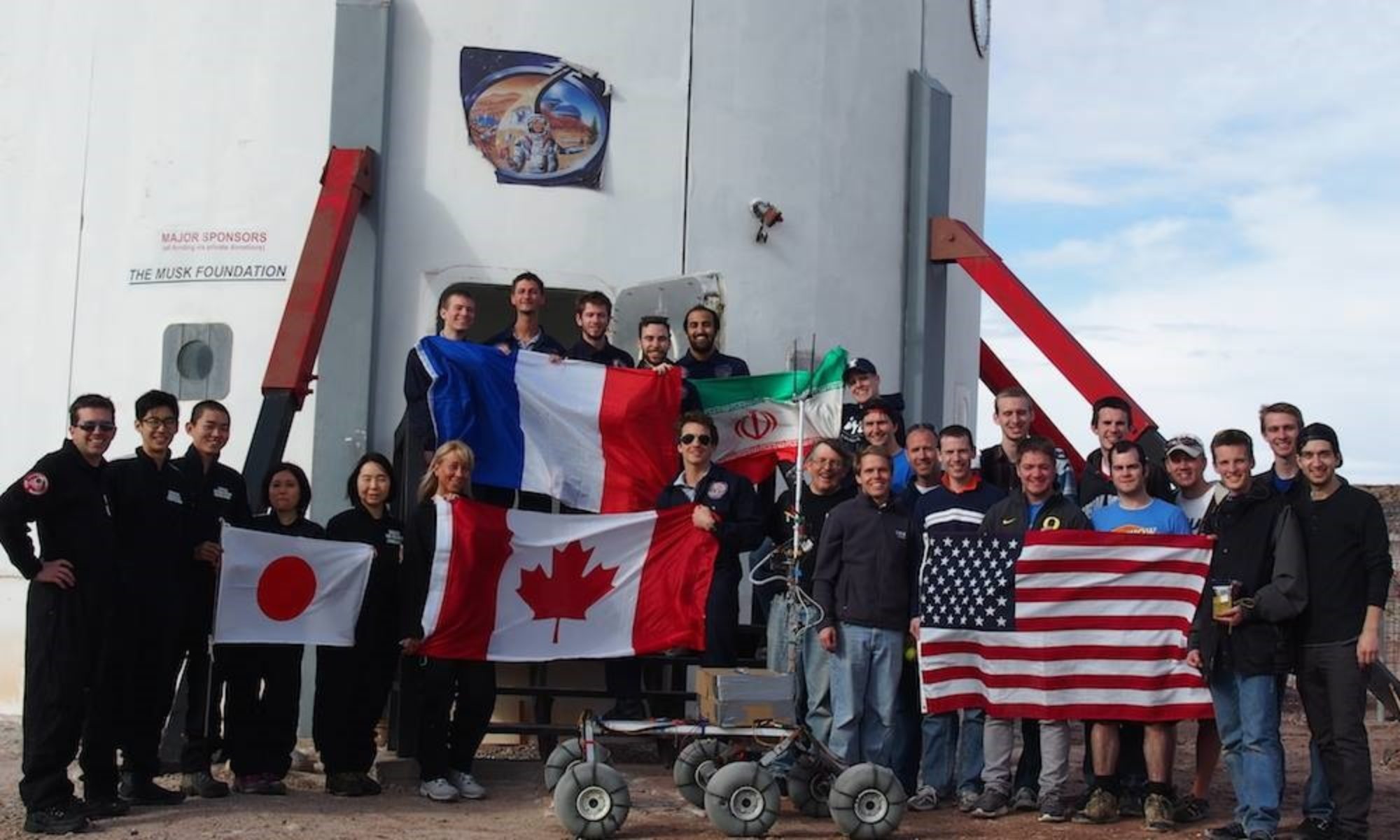
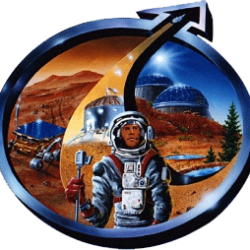
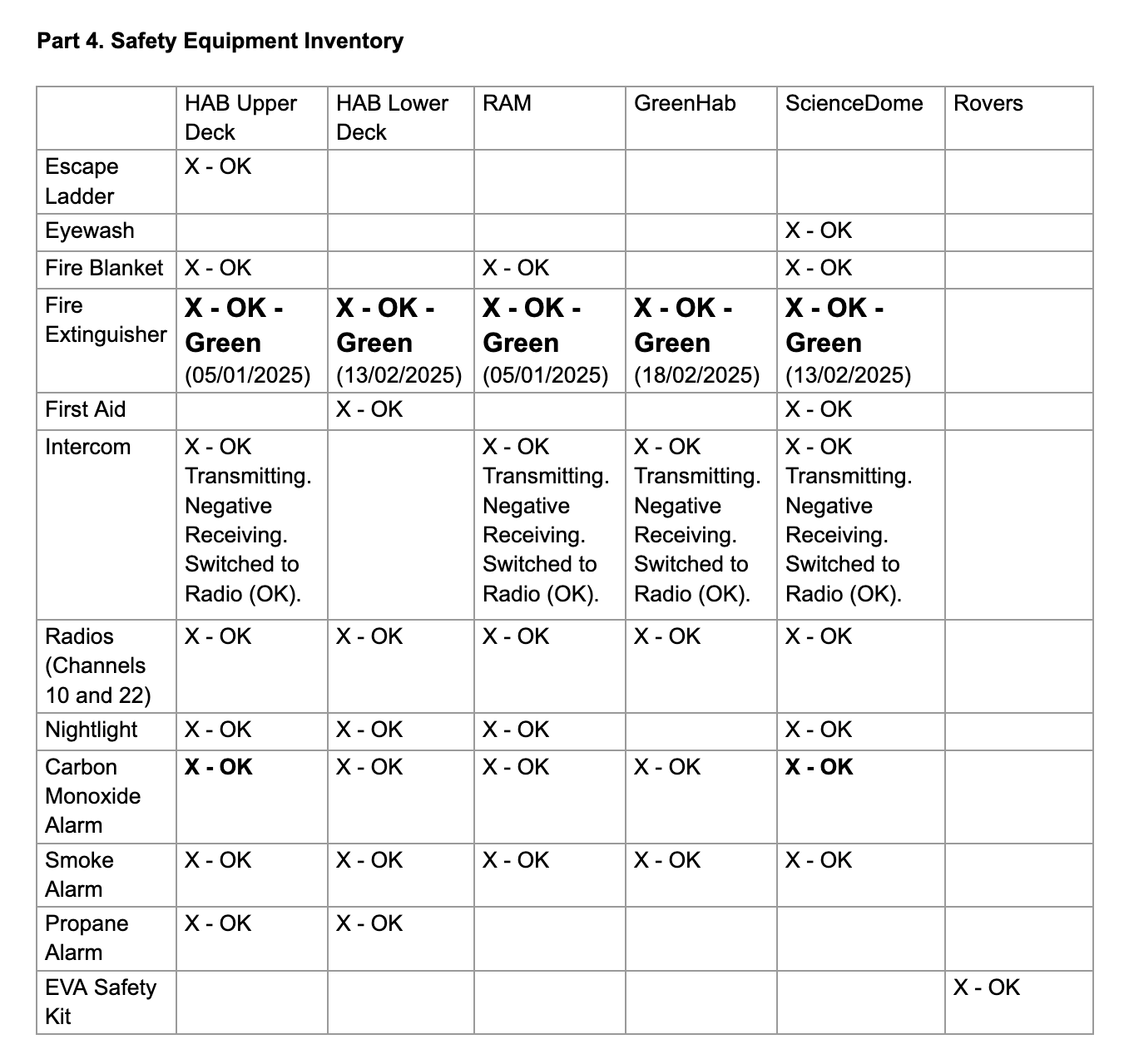
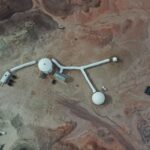
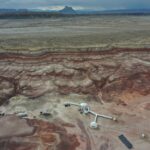
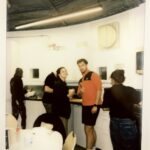
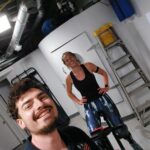

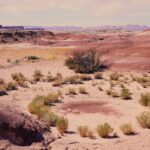
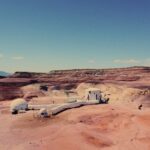
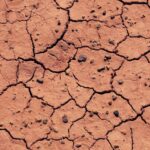
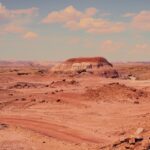
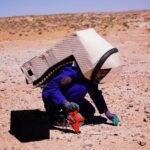
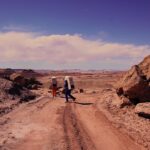
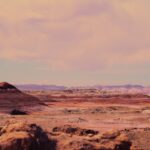
You must be logged in to post a comment.